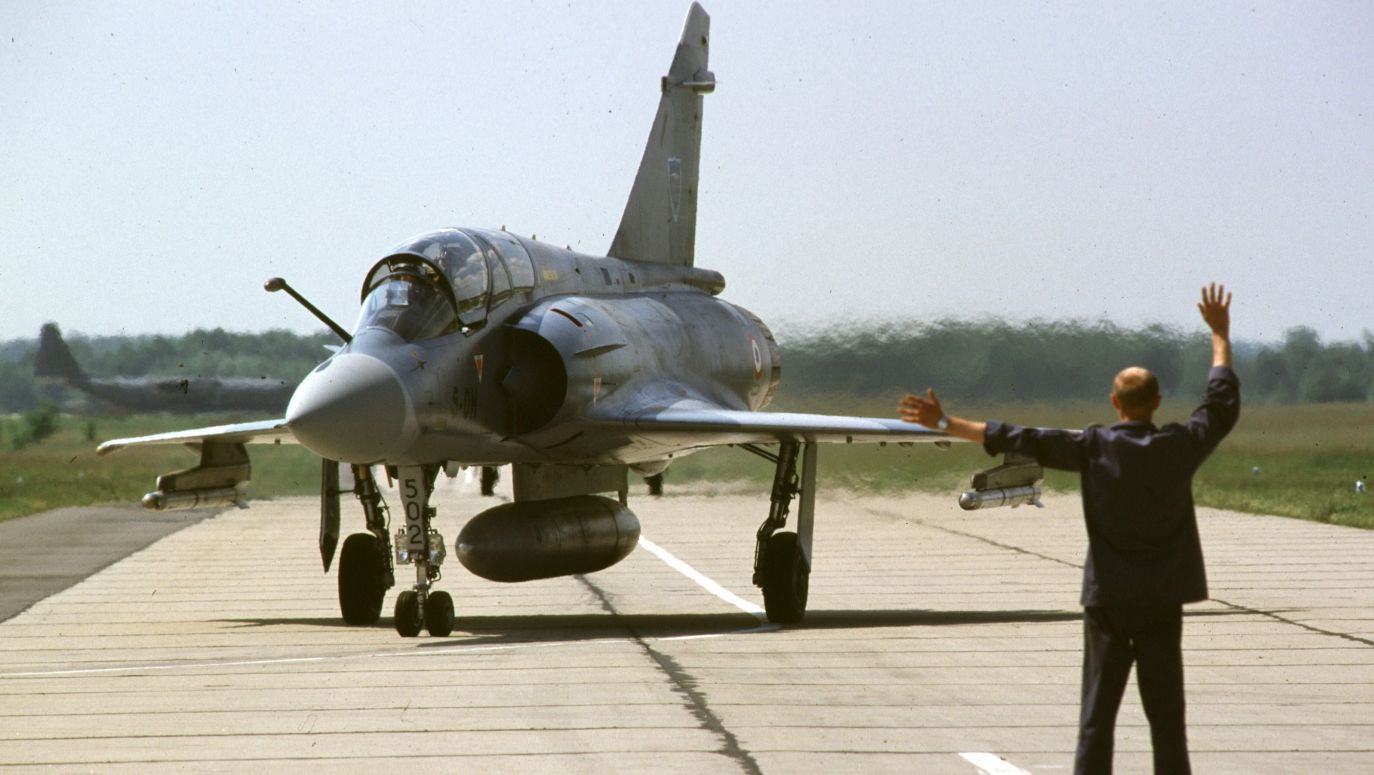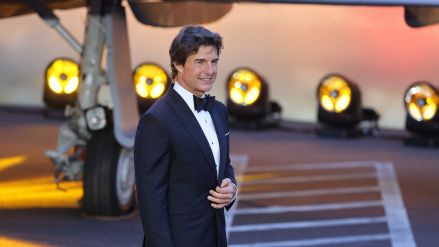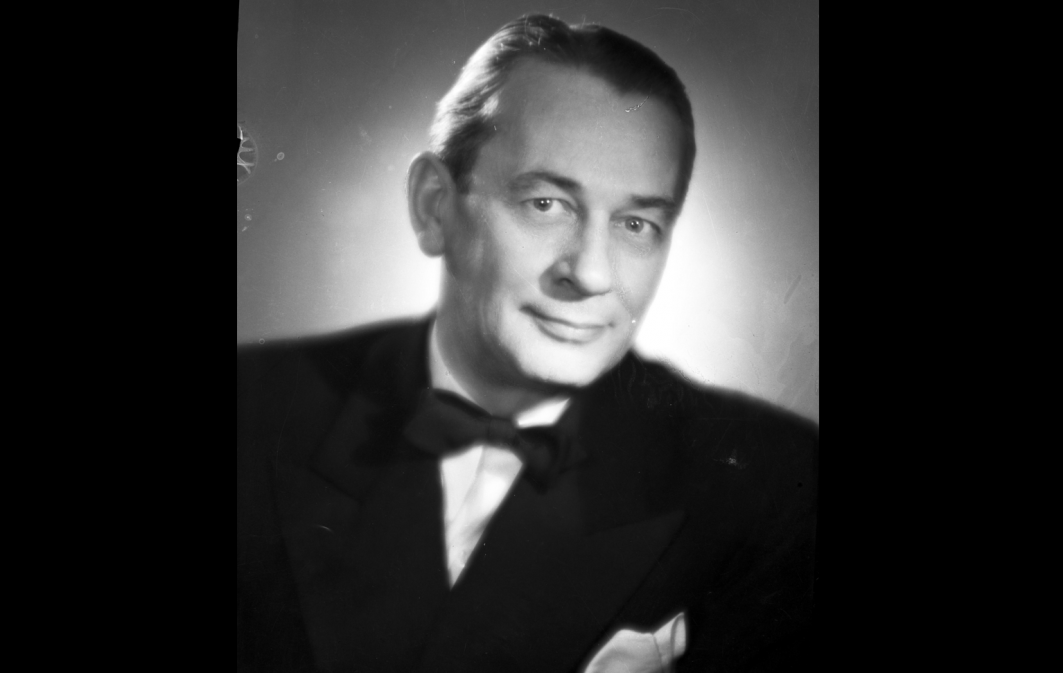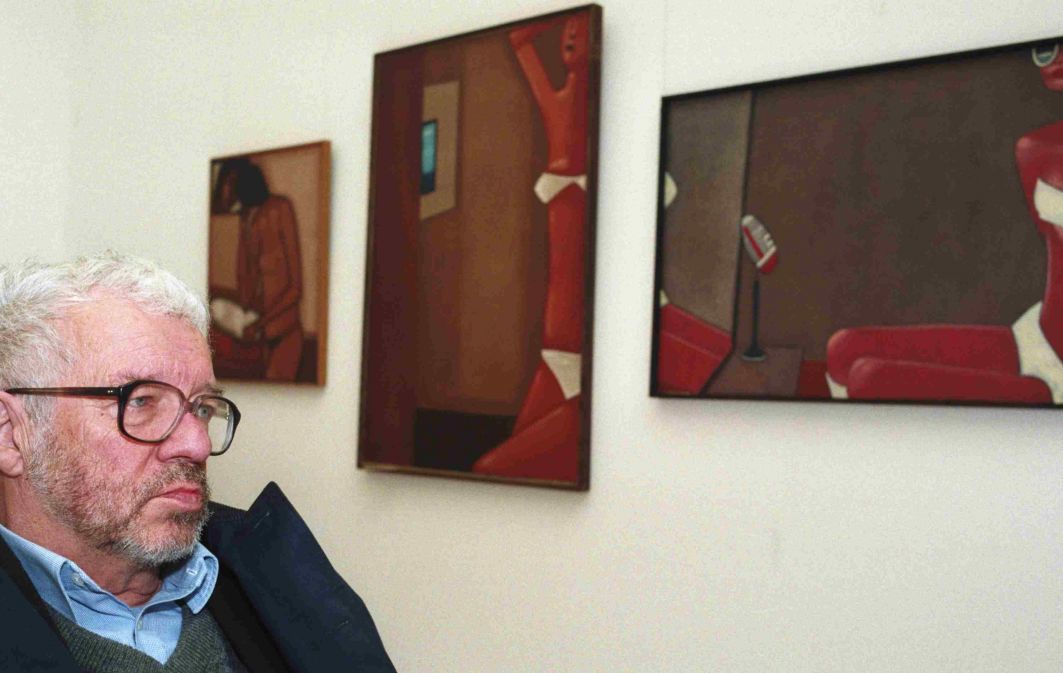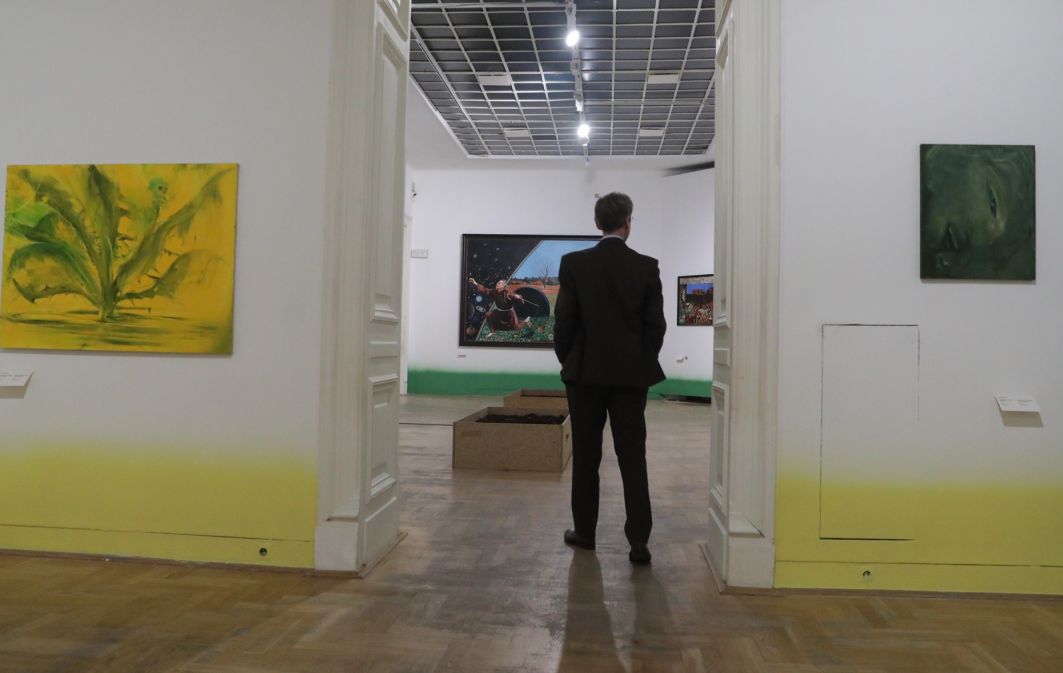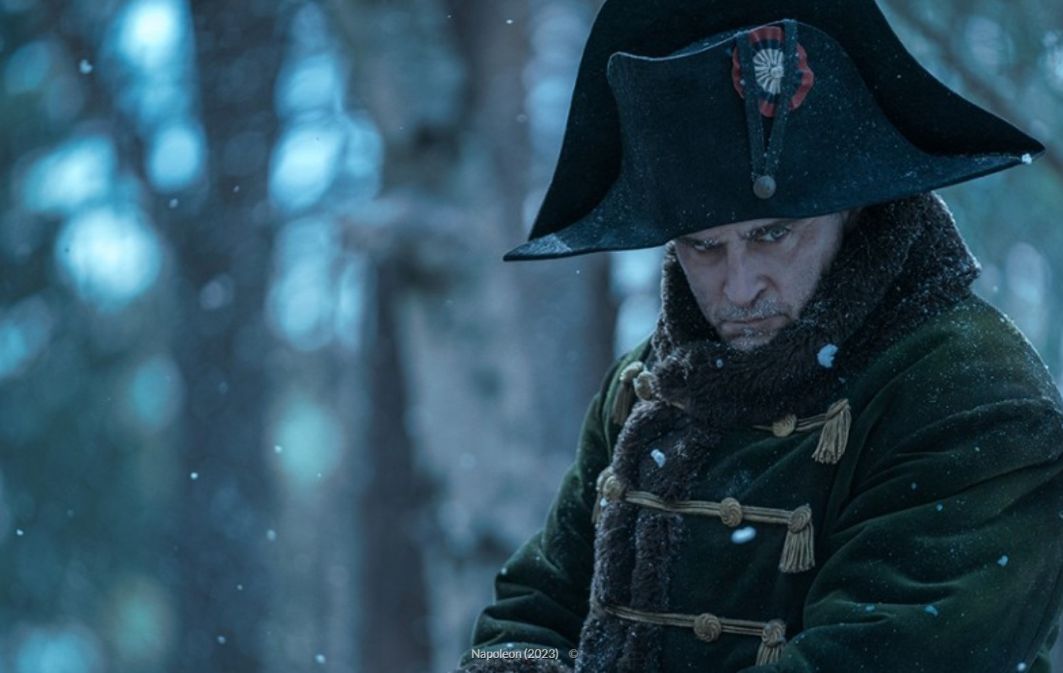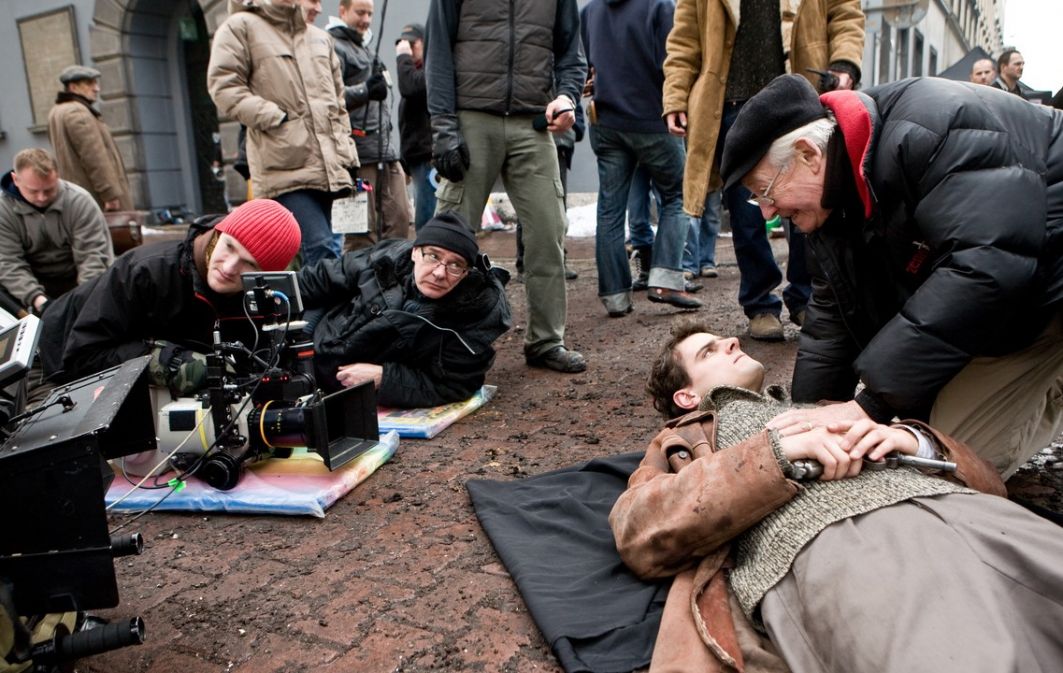In the 1990s, when the current order or disorder – if you prefer – of the contemporary world was being shaped, many sensational books appeared, trying to predict what the conflicts and alliances of the coming years would look like. And it was hard to imagine what those years could bring about. At that time, it seemed that the countries of the former Soviet Union were still be a long way from membership of NATO or the EU, which by the way didn’t exist in its current form, the Maastricht Treaty having only just been signed in 1992.
In this situation thriller writers had unlimited possibilities to invent various axes of conflict, while the dissolution of the Soviet Union, full of various turbulences, or the attempted coup d’état in 1991, only fuelled the inventive imagination. The whole of the world that we knew was subject to change.
The 1991 coup must have been an inspiration to Russian thriller writers, if they began to explore all sorts of Kremlin-inspired plots that didn’t necessarily have to be hatched in the Russian capital. Tom Clancy, one of the most famous authors of the 80s and 90s, set the headquarters of the conspiracy in a mysterious studio in the basement of the Petersburg Hermitage. More precisely – in the TV studio of the “Art for children” foundation.
 SIGN UP TO OUR PAGE
SIGN UP TO OUR PAGE

In the novel “Mirror Image” published in 1995 the leader of the conspiracy is general Nikolai Dugin who dreams of restoring the Soviet Union or a Russia as powerful as the former USSR. He wants to take control of Ukraine, which had recently regained independence. Dugin wants to exploit the new country’s social and economic problems. He is supported by the Ukrainian president who is unable to cope with the chaos that has paralysed the country.
One of the elements of Dugin’s plan is an entrapment against Poles and Ukrainians conducted by Russian secret agents. “My special operations assistant has already sent a team from Saint Petersburg to Przemyśl. Its members will plant a bomb under the cathedral, over which Roman Catholics and Greek Catholics, the Ukrainian Church, have been battling for many years. Letters then will be sent to newspaper editors, in which the reborn Ukrainian Insurgent Army will take responsibility for this act of terror. This should cause riots, because the conflict between Poles and Ukrainians is still going on there, sometimes just dying down. Our people will make sure that there is a pogrom against the Ukrainians, then the army will come. It is possible that it will join the pogroms, and even if not, the riots will spread to the border. And in the night, in the confusion, there will be a tragic accident. Ukrainian troops, defending their citizens, will shoot themselves with Polish troops” [transl. from Polish] – said general Dugin in the pages of Tom Clancy’s novel.
The occurrence of shooting between Polish and Ukrainian soldiers meant, according to Dugin, that the fictitious president of Ukraine would call for help from Russia which, in keeping with its tradition, always comes to the rescue where it has provoked a conflict. General Mikhail Anatolyevich Rybakov, one of the leaders of the conspiracy added: “Our people in Poland will see to it that pogroms begin also on the Belarusian border so that Belarusians too can join us when the front stops 100 kilometres from Warsaw”.
“The key to success is to keep Europe and the US from interfering and military intervention. (…) We will influence them through diplomatic channels, explaining to them that this is not imperialism, but only a righteous defence of the Federation and a counter-attack” – added Dugin. However, if these methods did not work, it was intended to intimidate important personalities and make a show of terrorist attack on a civilian target in order to influence public opinion.
In Clancy’s prose a great deal of importance is attached to the intelligence and special services, which, although unable to prevent provocations, they do prevent conflicts from developing or even going global. Of course, potential allies in Russia play an important role. The Americans also have such an ally in Dale Brown’s novel “Chains of Command” (1993). This is the story of a Russian-Ukrainian war with the use of nuclear weapons. But before it happens, there are Russian provocations against Moldova and conflicts on the Dniester.
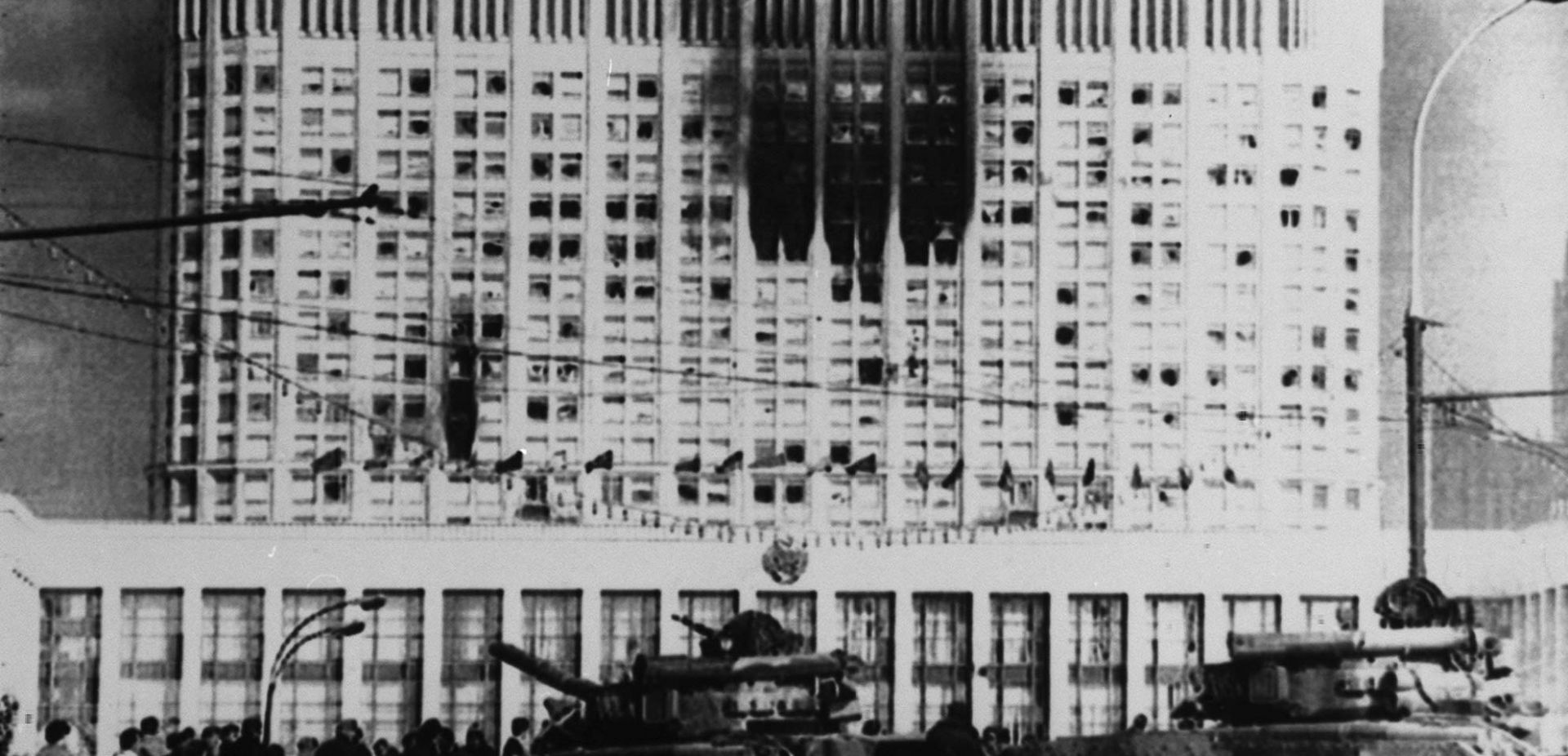
 SIGN UP TO OUR PAGE
SIGN UP TO OUR PAGE
 In the novel “Mirror Image” published in 1995 the leader of the conspiracy is general Nikolai Dugin who dreams of restoring the Soviet Union or a Russia as powerful as the former USSR. He wants to take control of Ukraine, which had recently regained independence. Dugin wants to exploit the new country’s social and economic problems. He is supported by the Ukrainian president who is unable to cope with the chaos that has paralysed the country.
In the novel “Mirror Image” published in 1995 the leader of the conspiracy is general Nikolai Dugin who dreams of restoring the Soviet Union or a Russia as powerful as the former USSR. He wants to take control of Ukraine, which had recently regained independence. Dugin wants to exploit the new country’s social and economic problems. He is supported by the Ukrainian president who is unable to cope with the chaos that has paralysed the country.